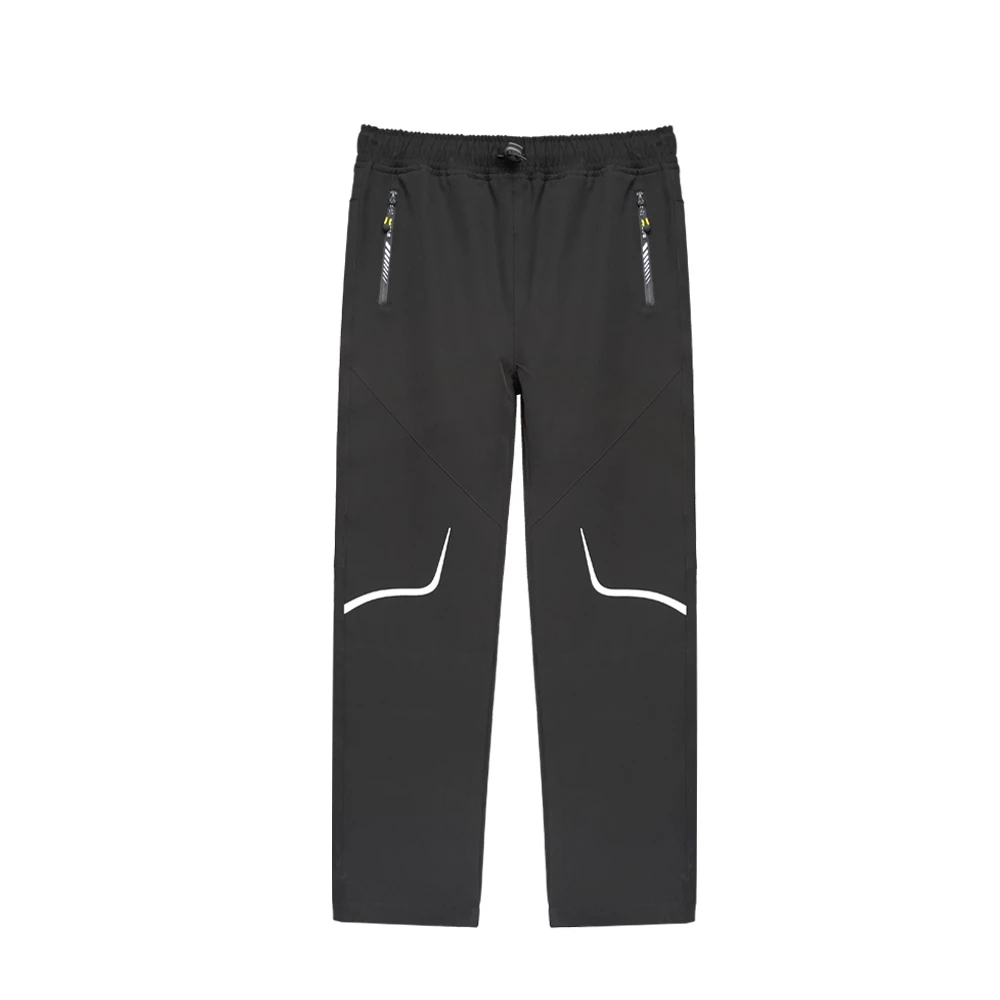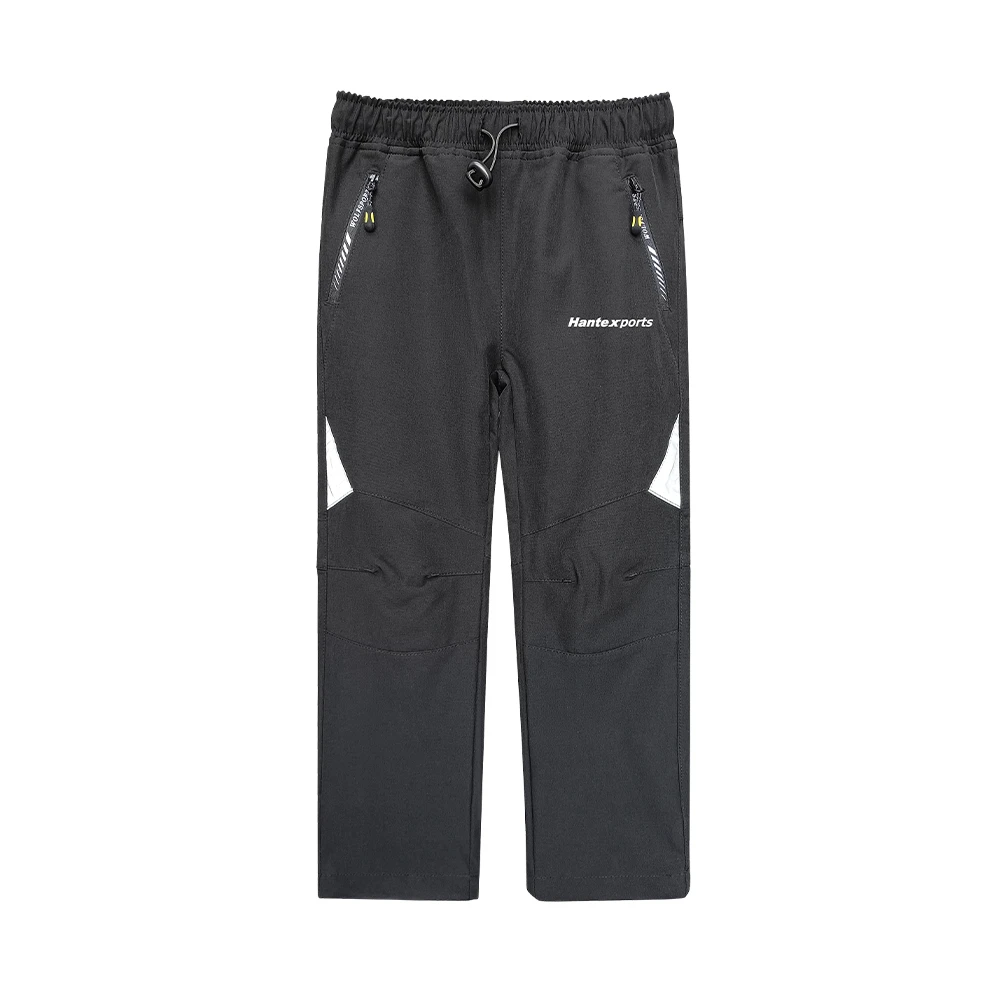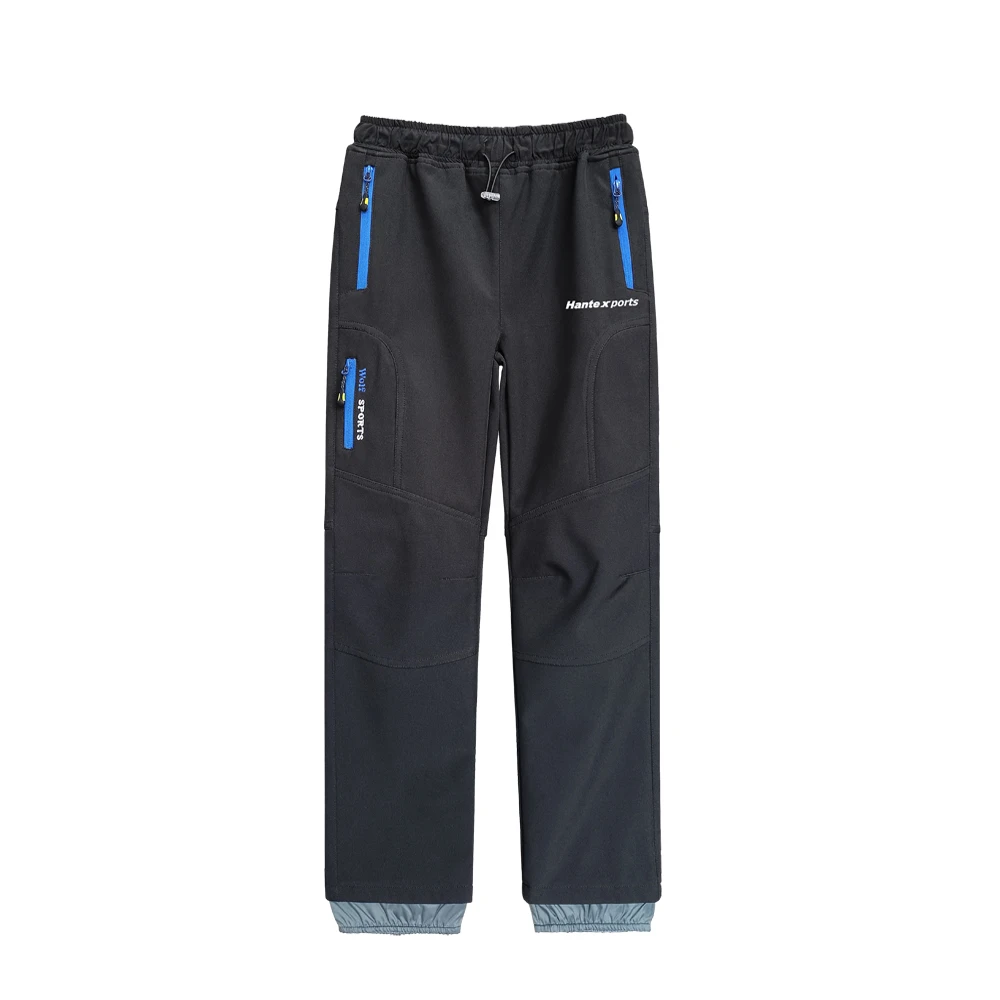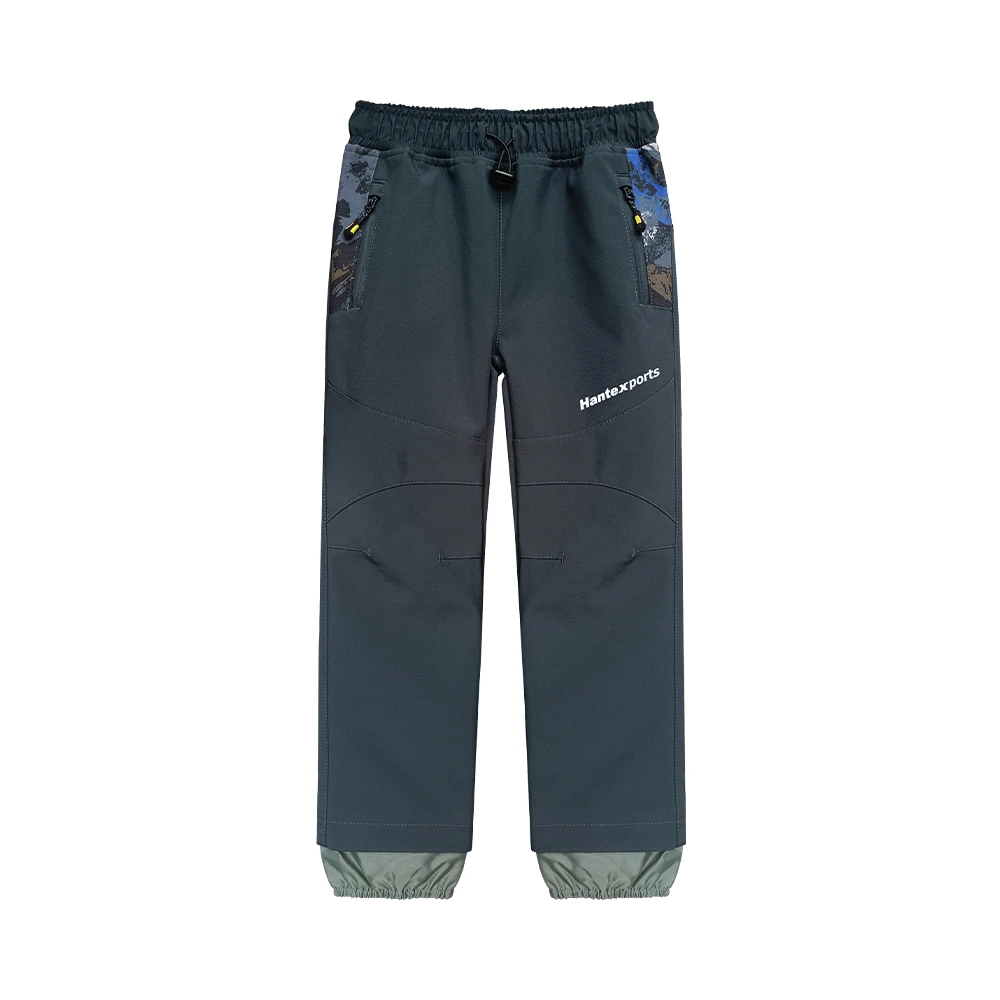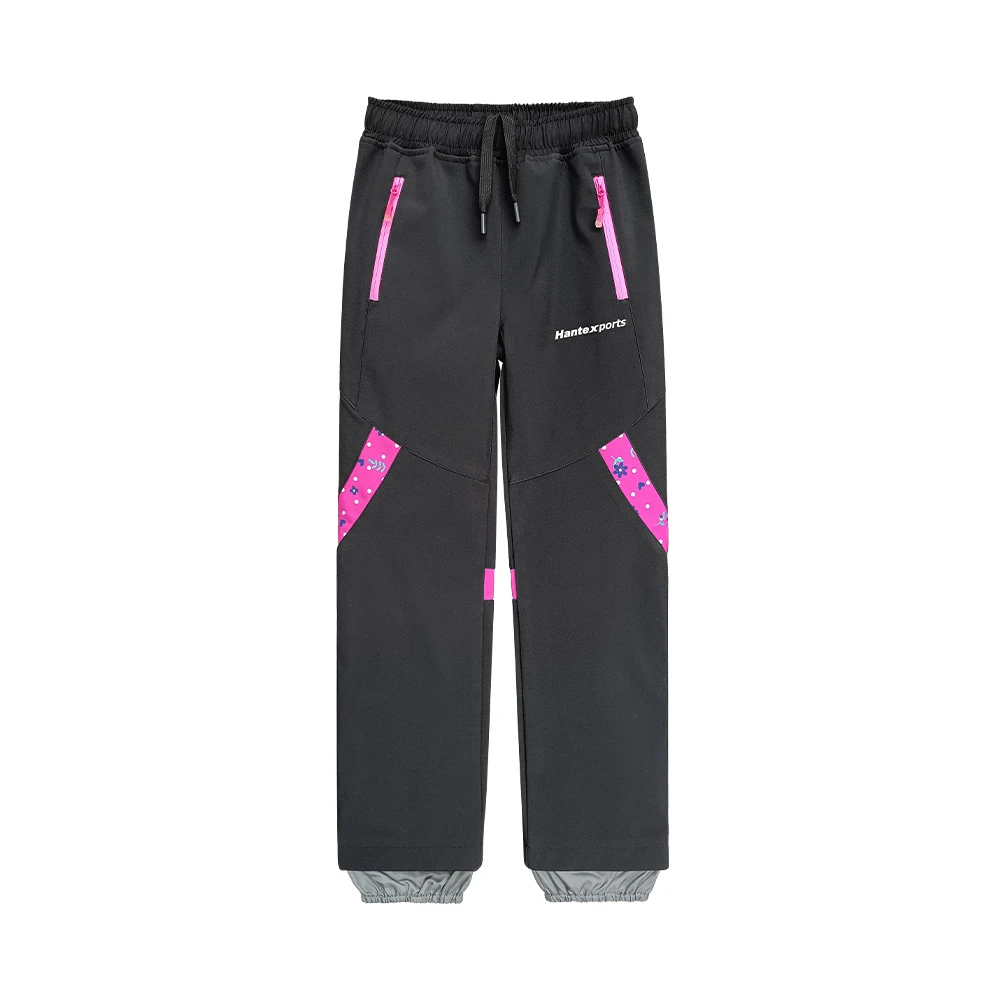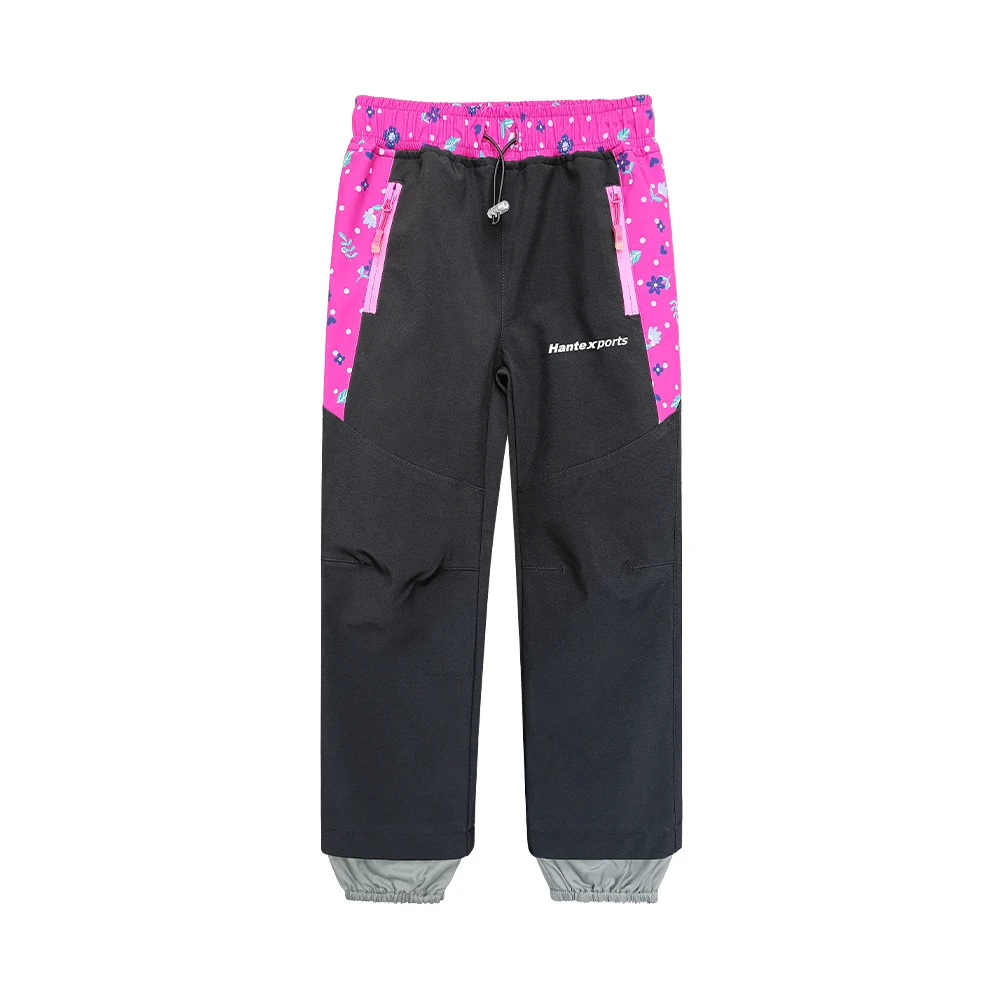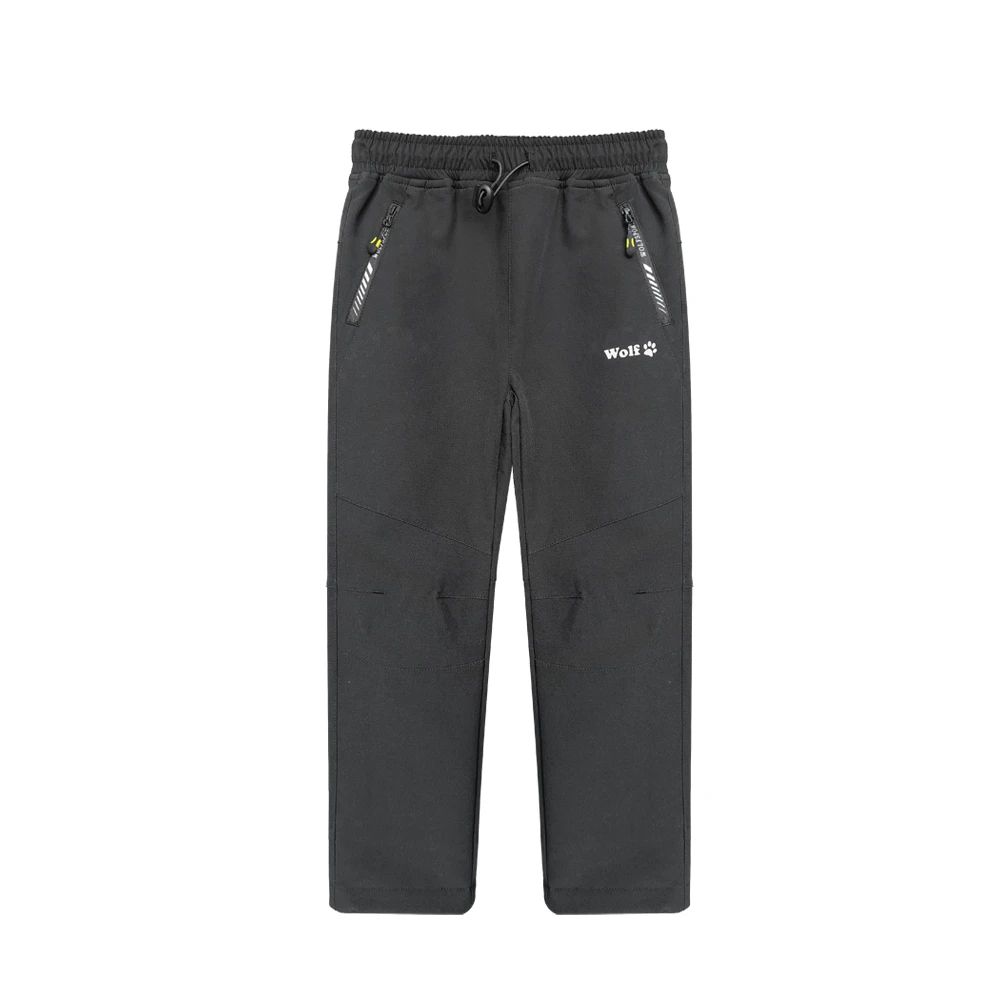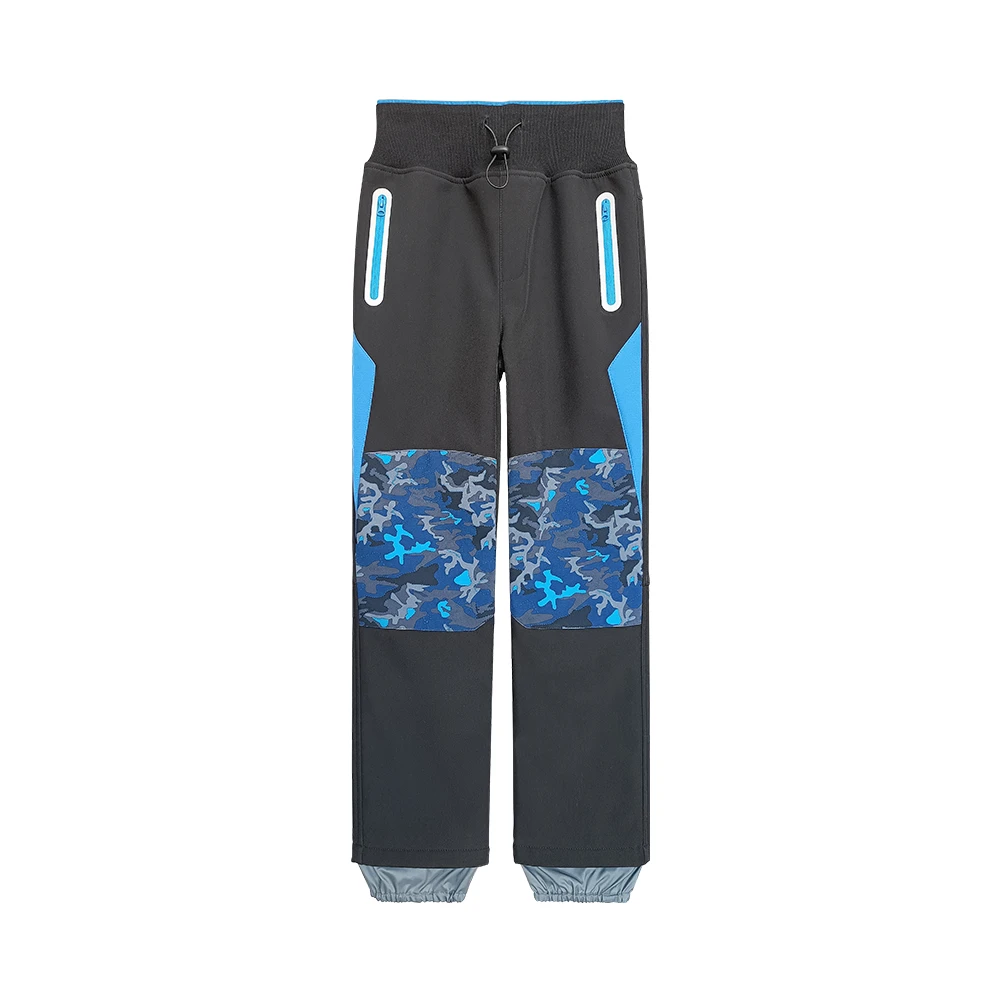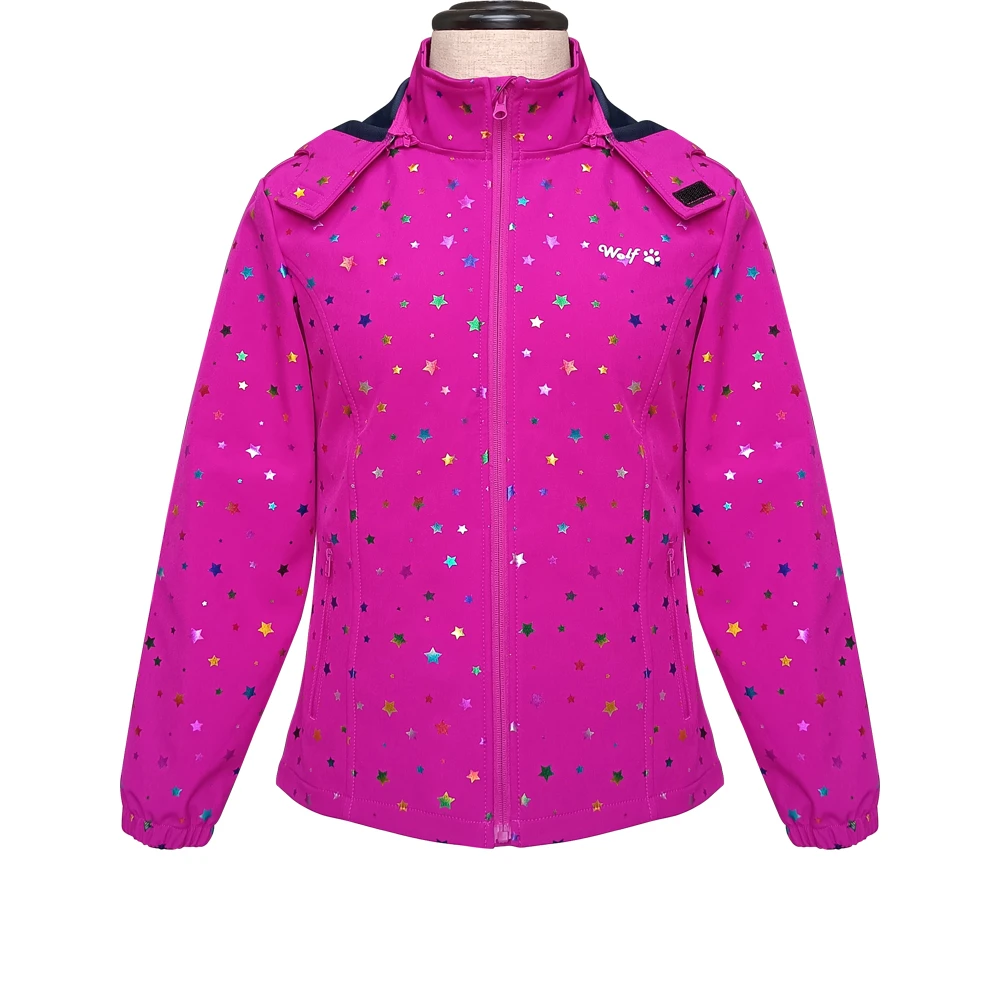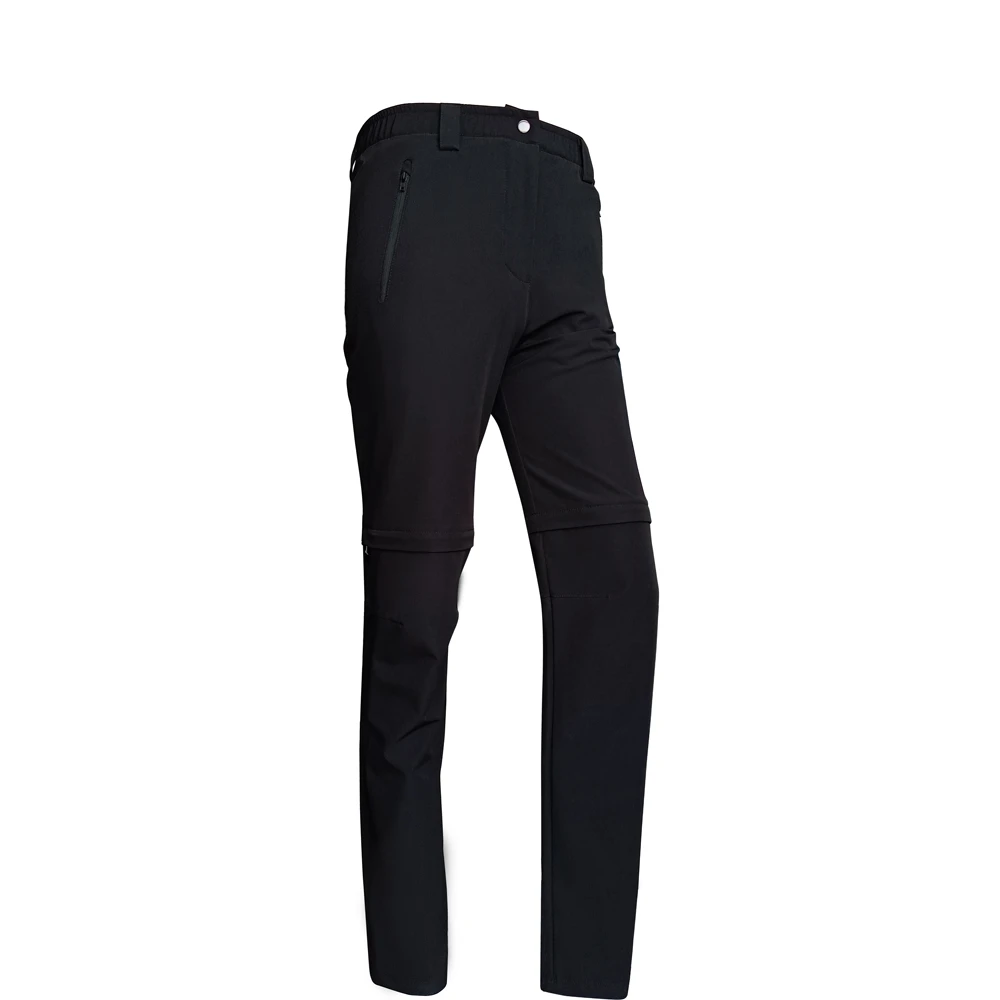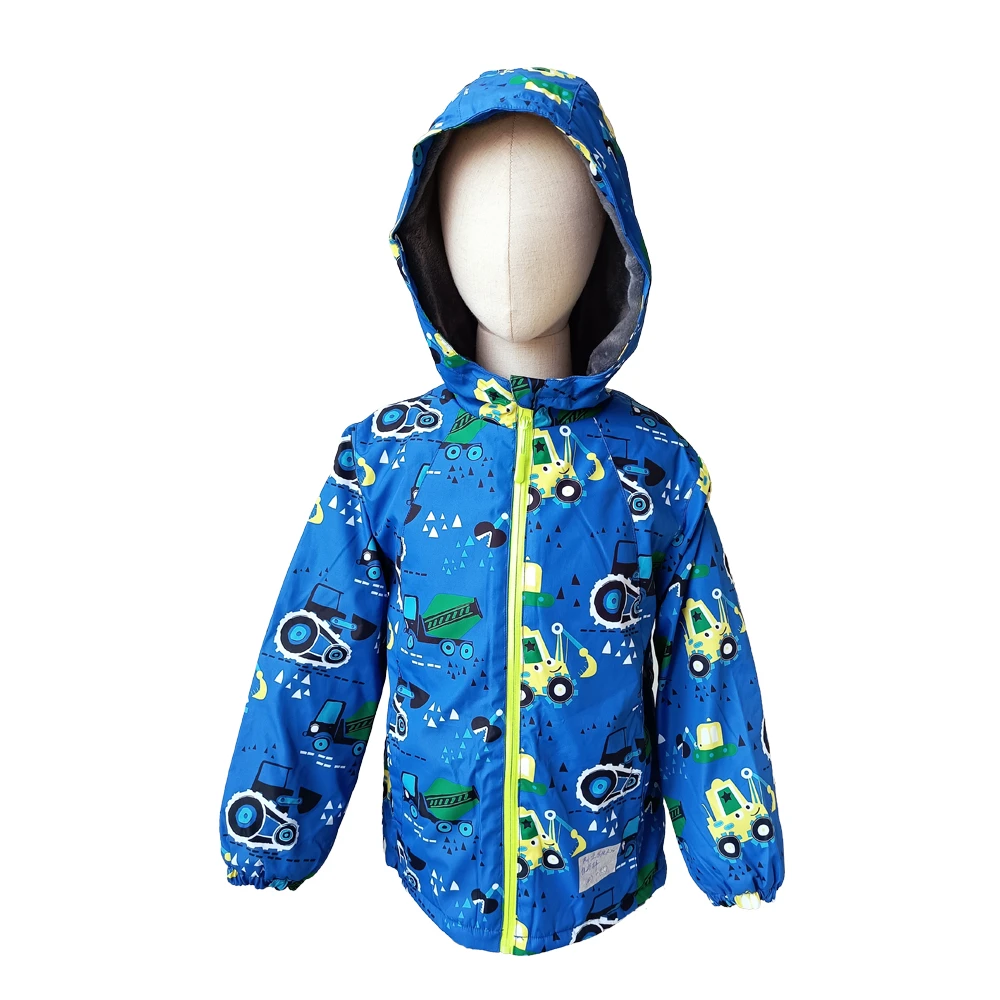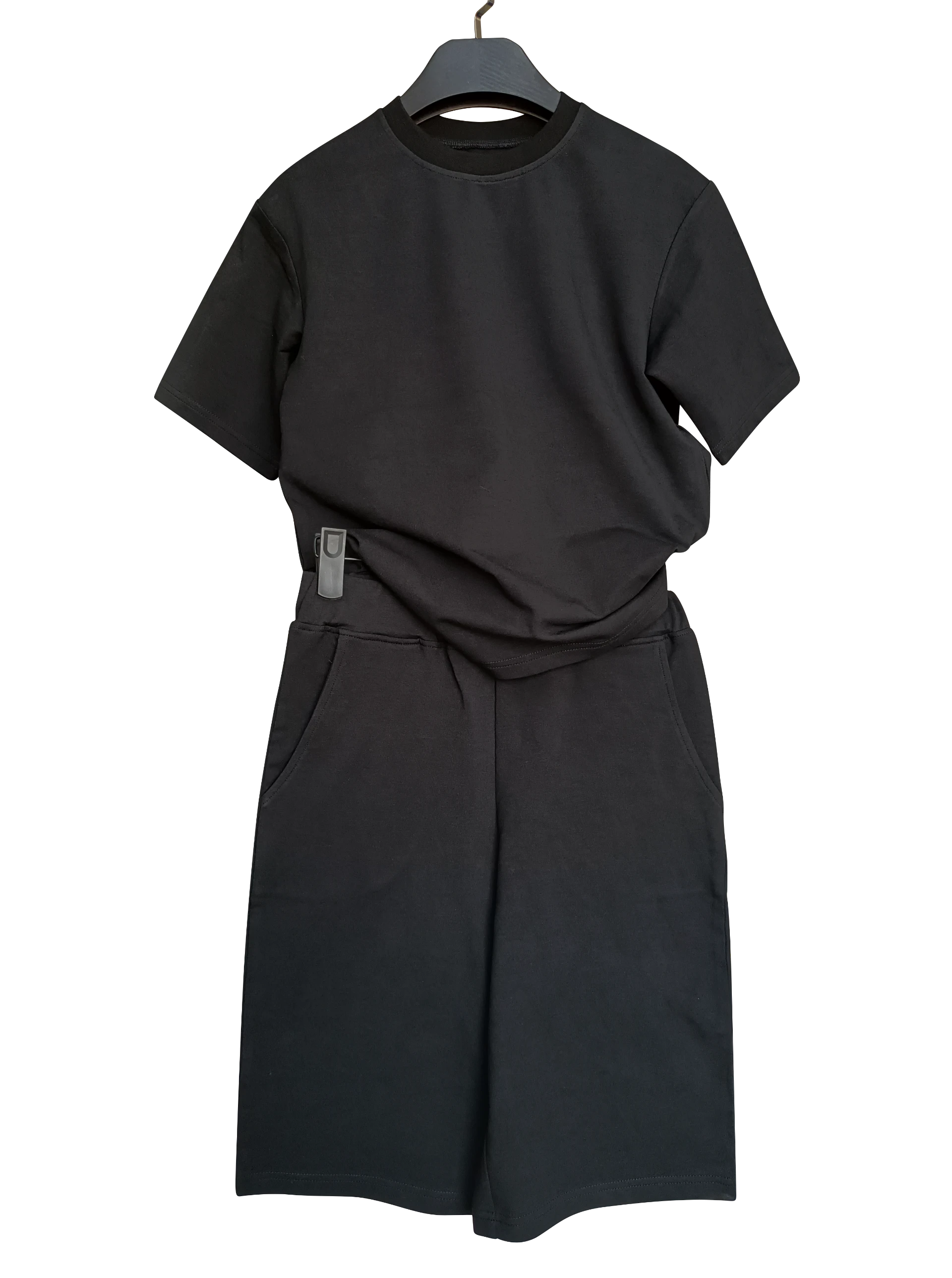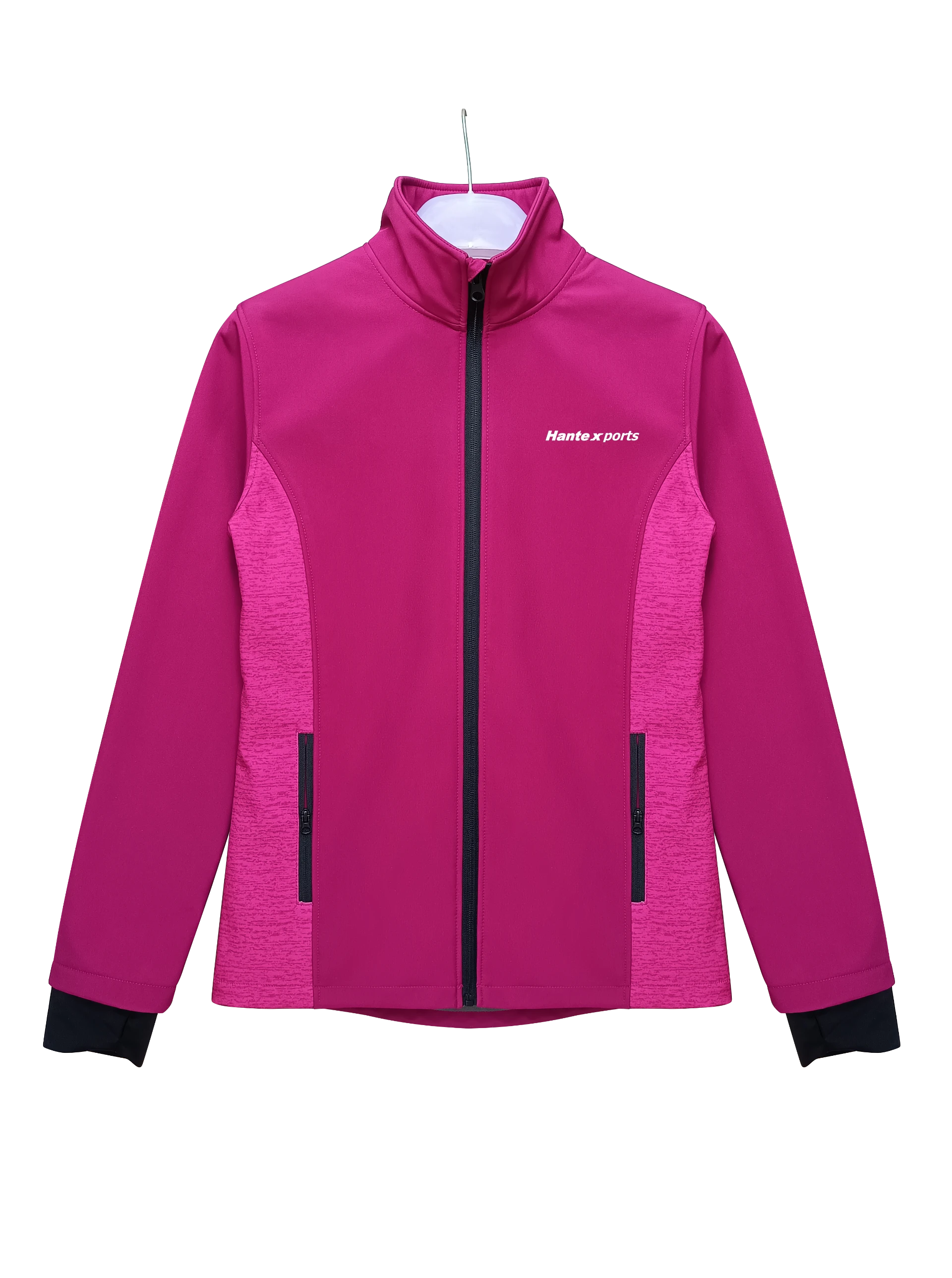The Evolution and Importance of Technical Sportswear
In the world of athletic performance, the importance of technical sportswear cannot be overstated. As technology evolves, so too does the clothing we wear while engaging in various sports. From running and cycling to yoga and high-intensity interval training, technical sportswear plays a crucial role in enhancing performance, ensuring comfort, and reducing the risk of injury. This article explores the significance and advancement of technical sportswear in today's athletic landscape.
What is Technical Sportswear?
Technical sportswear refers to clothing specifically designed to enhance athletes' performance and comfort. This type of apparel is often made from advanced, high-performance materials that offer specific benefits, such as moisture-wicking properties, breathability, thermal regulation, and flexibility. Unlike traditional sportswear, which may prioritize style over functionality, technical sportswear combines both elements to meet the demanding needs of modern athletes.
Key Features of Technical Sportswear
One of the standout features of technical sportswear is its moisture-wicking capability. This technology draws sweat away from the body, allowing it to evaporate quickly, keeping athletes dry even during intense workouts. This is especially vital for endurance athletes, as moisture buildup can lead to chafing and discomfort.
Breathability is another critical attribute. Thin, lightweight fabrics allow for air circulation, helping to regulate body temperature. This is particularly important in outdoor sports, where changing weather conditions can dramatically affect performance.
Moreover, the flexibility and fit of technical sportswear are tailored to allow for a full range of motion
. Athletes need clothing that does not hinder their performance; therefore, brands invest significantly in research and design to create materials that stretch and move with the body.technical sportswear
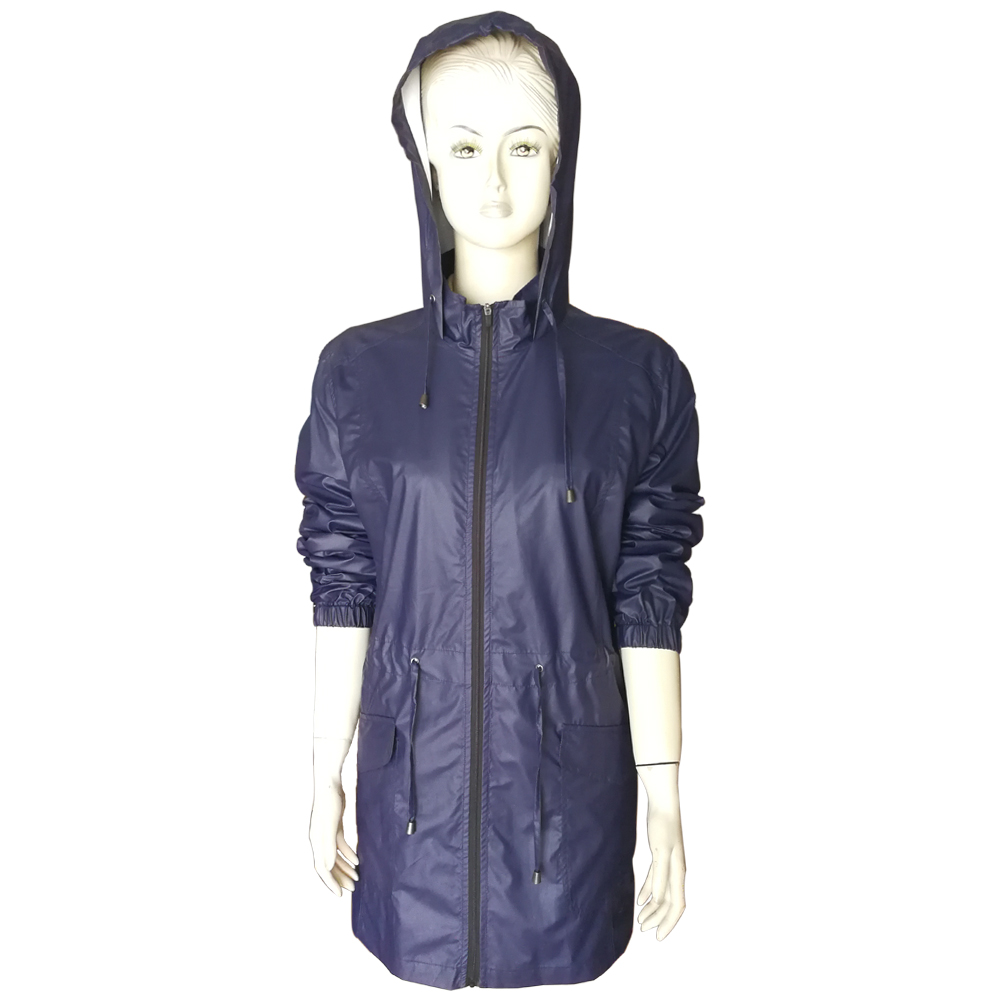
The Role of Innovation
Innovation is at the heart of technical sportswear development. Advancements in textile technology have led to the introduction of new materials such as Gore-Tex, which provides waterproof protection without sacrificing breathability. Additionally, the incorporation of smart textiles that can monitor biometric data is changing the way athletes train and recover. These innovations are not only enhancing performance but also providing athletes with insights into their physical condition, allowing for more personalized training regimens.
Sustainability in Technical Sportswear
As the conversation around environmental responsibility continues to grow, the technical sportswear industry is adapting. Many brands are now focusing on sustainability by using recycled materials and eco-friendly manufacturing processes. This shift meets the demands of environmentally conscious consumers and helps to reduce the ecological footprint of sporting goods.
Style Meets Functionality
While performance and comfort are paramount, today’s athletes also want to look good while training or competing. The blending of style and functionality has led to a rise in fashionable technical sportswear that appeals to a broader audience. Athletes and casual consumers alike are seeking apparel that can transition seamlessly from the gym to everyday life.
Conclusion
The journey of technical sportswear reflects the dynamic nature of both athletics and fashion. As technology continues to advance, so will the capabilities of sportswear. For athletes, investing in technical sportswear is not just about performance; it’s about enhancing their entire experience, whether on the track, field, or in the gym. As brands continue to innovate and evolve, the future of technical sportswear looks promising, ensuring that athletes are equipped with the best possible gear to push their limits and achieve their goals.
